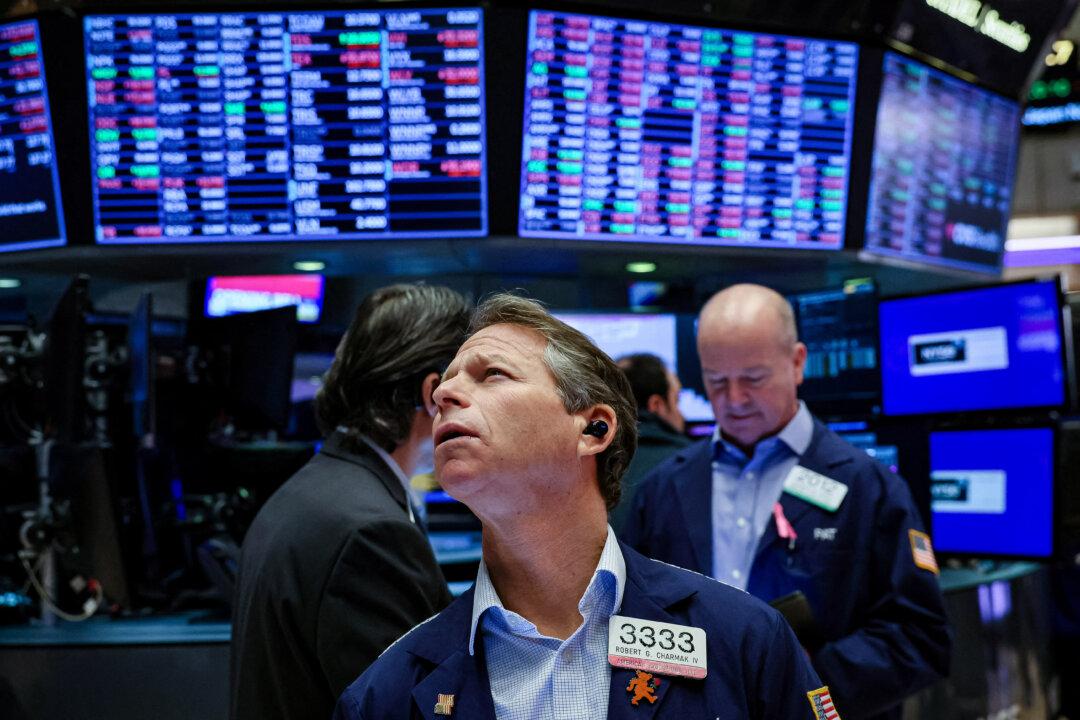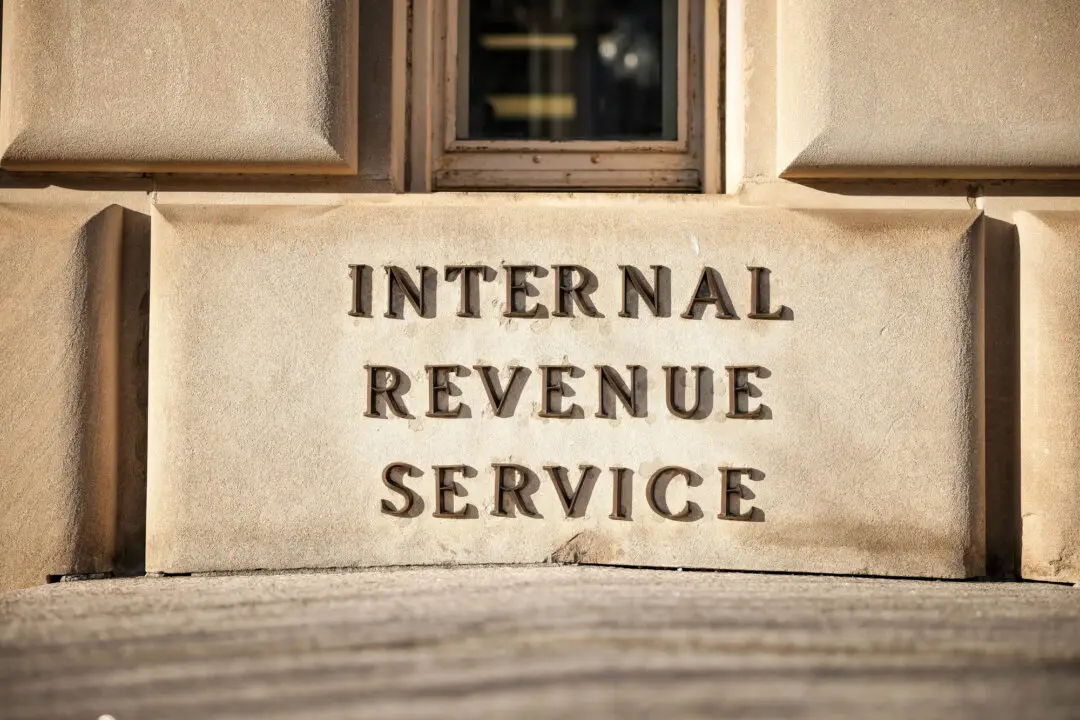A measure of stock market volatility dubbed the Wall Street “fear gauge” jumped to its highest level since the Lehman Brothers collapse and the COVID-19 pandemic, as stocks around the world resumed their slide on Aug. 5 amid economic fears fanned by last week’s disappointing U.S. jobs report.
The VIX volatility measure surged above the 65 mark after opening bell Monday, a level seen only twice before in history: once during the financial crisis of 2008–2009 and again during the pandemic-related market panic in 2020.





